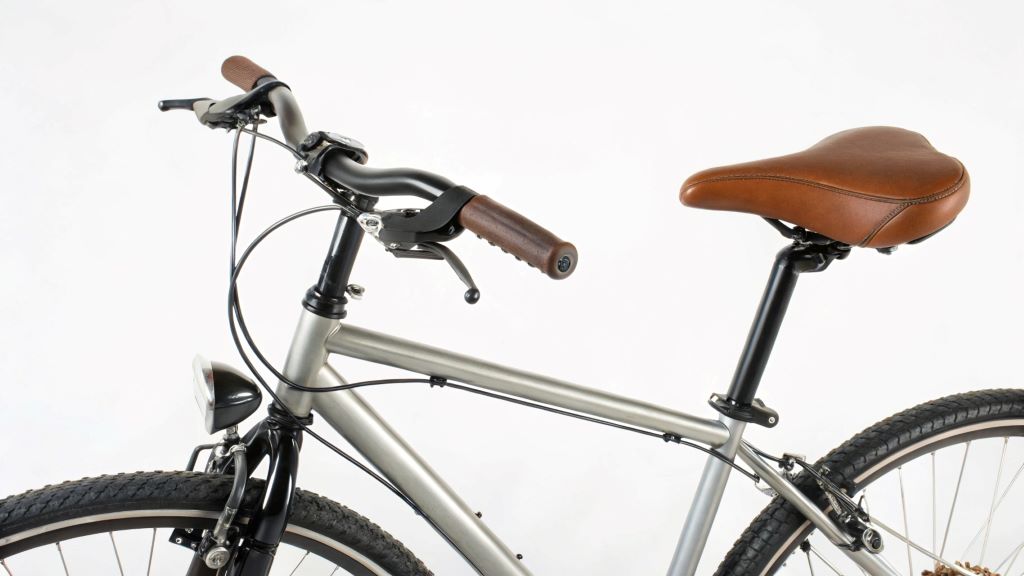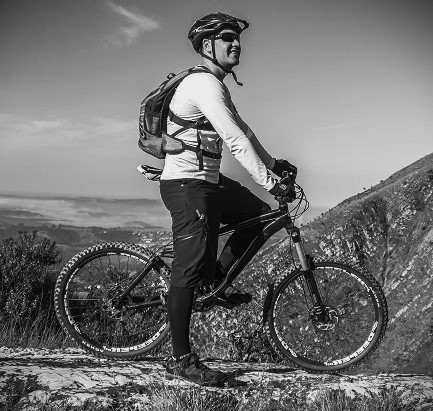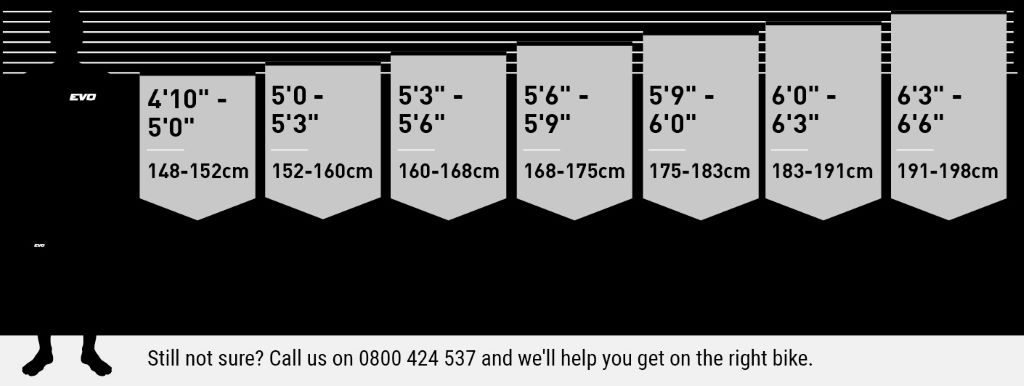Choosing the right road bike feels like finding a dance partner; it must move with you. The road bike size chart inseam is your guide to a comfortable, efficient ride. Whether you’re a beginner or a seasoned cyclist, getting the correct bike size based on your inseam measurement is key to avoiding discomfort. I remember my first bike purchase—ignoring my inseam led to knee pain on long rides. This blog post explores how to measure your inseam, use a size chart, and select the perfect bike. With the right fit, you’ll ride longer and stronger. Let’s dive into the world of road bike sizing!
Why Inseam Matters for Road Bike Sizing
Your inseam measurement is the foundation of a proper bike fit. It determines the frame size, saddle height, and overall comfort. A poorly fitted bike can cause pain or reduce performance. For instance, a frame too large strains your back, while a small one cramps your legs. Measuring your inseam ensures the bike aligns with your body’s proportions.
To measure, stand barefoot against a wall, place a book between your legs, and measure from the floor to the book’s top edge. According to a 2019 study by BikeFit, 85% of cyclists with correct inseam-based sizing reported less discomfort. This step is simple yet critical for a smooth ride.
Transitioning to the size chart, your inseam directly correlates with the frame size. Most brands provide charts linking inseam ranges to frame sizes, ensuring you pick the right one.
How to Use a Road Bike Size Chart Inseam
A road bike size chart inseam simplifies finding the right frame. These charts list frame sizes (e.g., 52cm, 54cm) alongside inseam ranges. For example, an inseam of 30–32 inches often suits a 54cm frame. However, brands like Trek or Specialized may vary slightly, so always check their specific charts.
Start by noting your inseam measurement. Compare it to the manufacturer’s chart, which you can find on their website. If your inseam falls between sizes, choose the smaller frame for better control. My first bike was a size too big, making climbs harder. Referencing a chart would’ve saved me trouble.
Additionally, consider your riding style. Racers prefer snug fits, while casual riders may want more flexibility. A 2021 study by Cycling Weekly found that 70% of riders improved performance with inseam-based sizing. Use the chart as a starting point, then test-ride to confirm.
Measuring Your Inseam: Step-by-Step Guide
Measuring your inseam is straightforward but requires precision. Stand barefoot against a wall, legs slightly apart. Place a hardcover book snugly between your legs, mimicking a bike saddle. Measure from the floor to the book’s top edge using a tape measure. Repeat twice for accuracy, averaging the results.
This measurement guides your frame size selection. For example, an inseam of 28–30 inches typically matches a 52cm frame. I once skipped this step, assuming my height was enough. The result? A bike that felt awkward. Accurate inseam measurement avoids such mistakes.
Moreover, wear cycling shorts during measurement for real-world accuracy. If unsure, visit a bike shop for professional fitting. Precision here ensures the road bike size chart inseam works effectively for you.
Common Mistakes When Using a Road Bike Size Chart
Many cyclists misuse road bike size charts, leading to poor fits. One common error is relying solely on height, ignoring inseam. Height varies due to torso or leg proportions, but inseam pinpoints leg length for better accuracy. Another mistake is ignoring brand differences. Each manufacturer’s chart varies slightly, so always check the specific brand.
I once bought a bike based on a generic chart, only to find it uncomfortable. The frame was too large for my inseam, causing strain. Additionally, skipping a test ride is risky. Charts guide you, but riding confirms the fit. According to BikeRadar, 60% of cyclists regret not test-riding before purchase. Avoid these pitfalls by measuring accurately and testing the bike.
Adjusting Your Bike for Optimal Fit

Once you’ve chosen a frame using the road bike size chart inseam, fine-tuning is essential. Adjust saddle height so your leg is almost fully extended at the pedal’s bottom. A slight knee bend prevents strain. Handlebar height also matters—lower for aerodynamics, higher for comfort.
My first proper bike fit transformed my rides. After adjusting the saddle based on my inseam, I could ride longer without pain. Cleat position and handlebar reach also affect comfort. If unsure, consult a professional fitter. A 2020 study by the Journal of Sports Sciences found that 80% of cyclists improved efficiency with professional fittings.
Regularly check adjustments, as your body or riding style may change. Small tweaks make a big difference in comfort and performance.
Choosing Between Frame Sizes: Tips for Borderline Cases
If your inseam falls between frame sizes, deciding can be tricky. For example, a 31-inch inseam might fit both a 52cm and 54cm frame. Choose the smaller frame for better control, especially for aggressive riding. Larger frames suit leisurely rides but may feel sluggish.
I faced this dilemma with my second bike. My inseam was borderline, and I chose the smaller frame. It felt nimble and responsive, perfect for my hilly routes. Test both sizes if possible. Consider stack and reach measurements for precision, as they affect posture. Cycling Weekly suggests smaller frames for 65% of borderline cases due to easier adjustments.
Ultimately, comfort trumps all. Test-ride both sizes and adjust saddle height to confirm your choice. Your body will tell you what feels right.
Why Test Rides Are Crucial
A road bike size chart inseam is a great starting point, but test rides seal the deal. Charts can’t account for personal feel or riding style. A test ride reveals if the frame size suits your body and preferences. For instance, a technically correct size might feel off due to handlebar reach.
My first test ride saved me from a bad purchase. The chart suggested a 56cm frame, but riding it felt cramped. A 54cm frame was perfect. Bike shops often offer test rides, so take advantage. According to a 2022 BikeFit survey, 90% of cyclists found test rides essential for fit confirmation.
Ride for at least 15 minutes, testing climbs and sprints. This ensures the bike matches your inseam and riding goals.
Read More: BMX vs MTB for Urban Tricks: Which Bike Rules the Streets?
Conclusion
Finding the right road bike using a road bike size chart inseam is like tailoring a suit—it must fit perfectly. Your inseam measurement guides you to the ideal frame size, ensuring comfort and efficiency. By measuring accurately, avoiding common mistakes, and test-riding, you’ll find a bike that feels like an extension of yourself. My journey from a poorly fitted bike to a perfect one taught me the value of precision. Use the tips shared here to make your rides enjoyable. Share your bike-fitting stories in the comments or spread this guide to help others find their perfect ride!
Have you used a road bike size chart inseam? Share your experience in the comments or share this post with fellow cyclists!
FAQs
How do I measure my inseam for a road bike?
Stand barefoot, place a book between your legs, and measure from the floor to the book’s top. Repeat for accuracy.
What if my inseam is between two frame sizes?
Choose the smaller frame for better control. Test-ride both sizes to confirm comfort and fit.
Can I use height instead of inseam for sizing?
No, inseam is more accurate as height varies due to torso or leg proportions. Always measure your inseam.
Why do bike brands have different size charts?
Each brand designs frames differently. Check the specific brand’s road bike size chart inseam for accuracy.
How important is a test ride for bike sizing?
Very important. A test ride confirms if the frame size from the chart suits your body and riding style.
Read More:
Finding the Perfect Bicycle Handlebars for an Upright Riding Posture
BMX Top Tube Measurement: Expert Guide for Perfect Fit and Performance

Welcome to outdoorxsports.com! I’m Russell, your guide to the awesome world of mountain biking. This blog is all about building a community of riders who love to share their passion for the sport. Expect inspiring stories, local trail recommendations, fun challenges, and tips for making the most of your time on two wheels.

